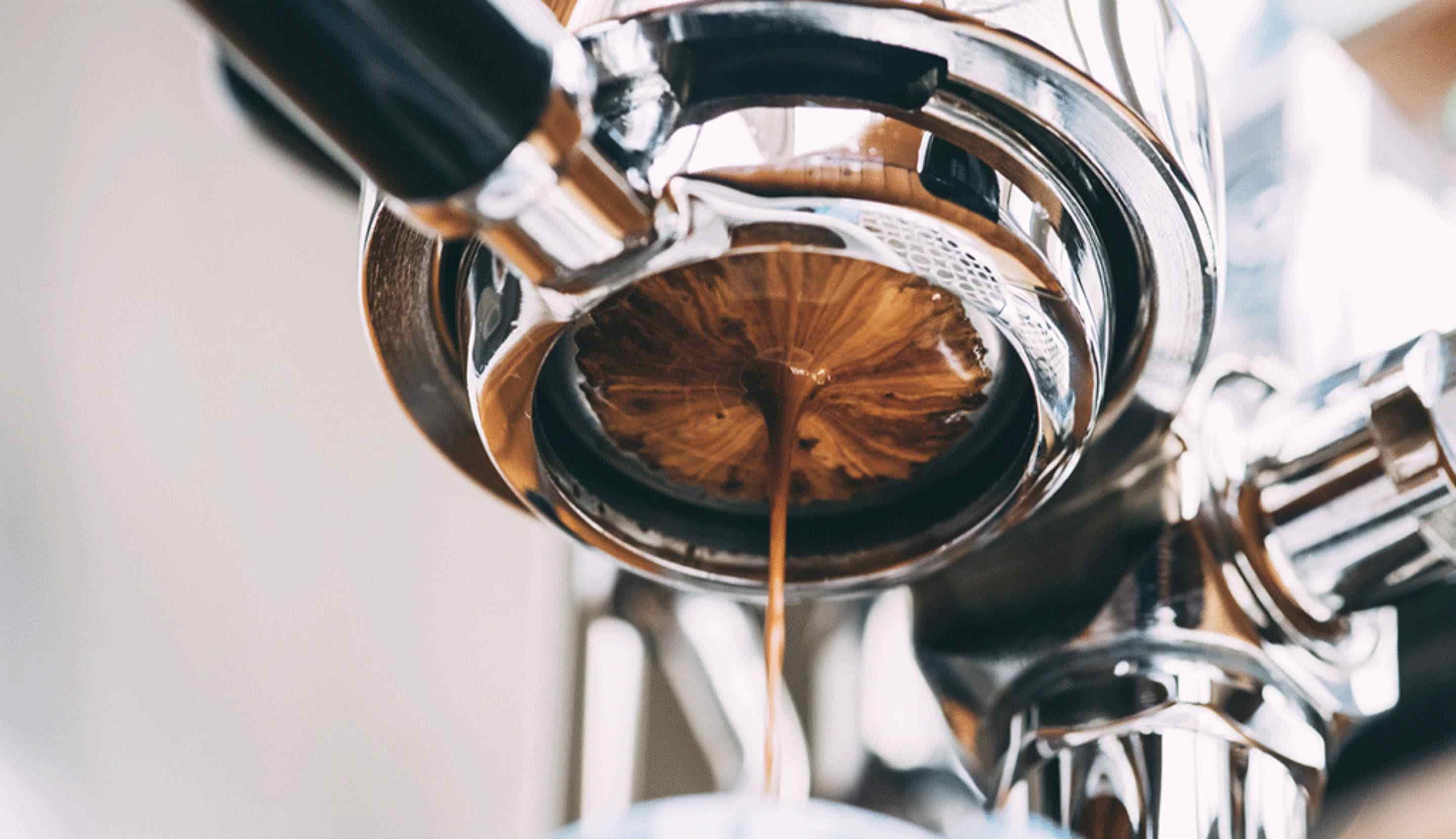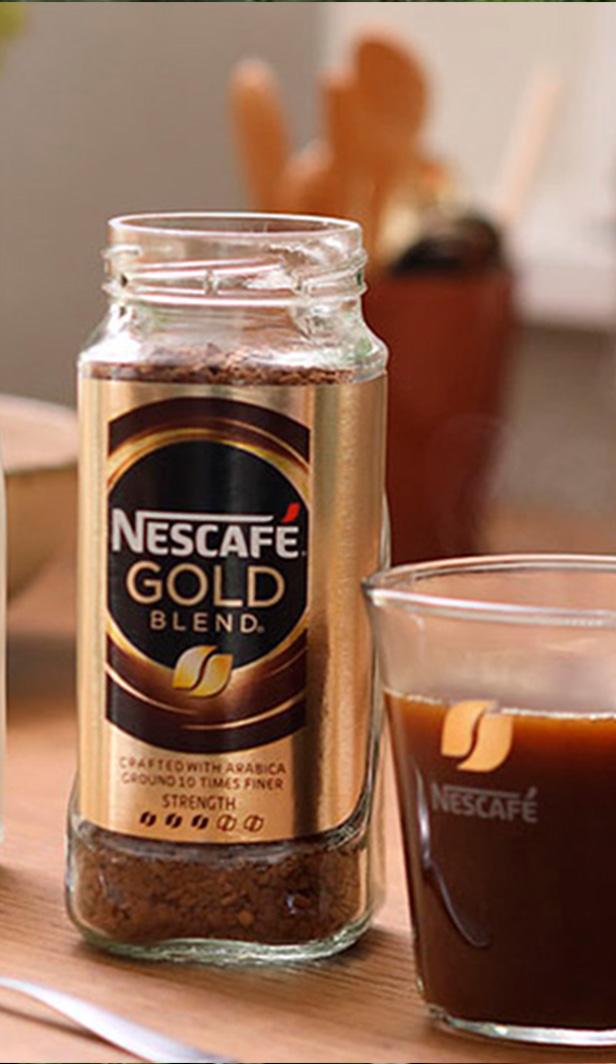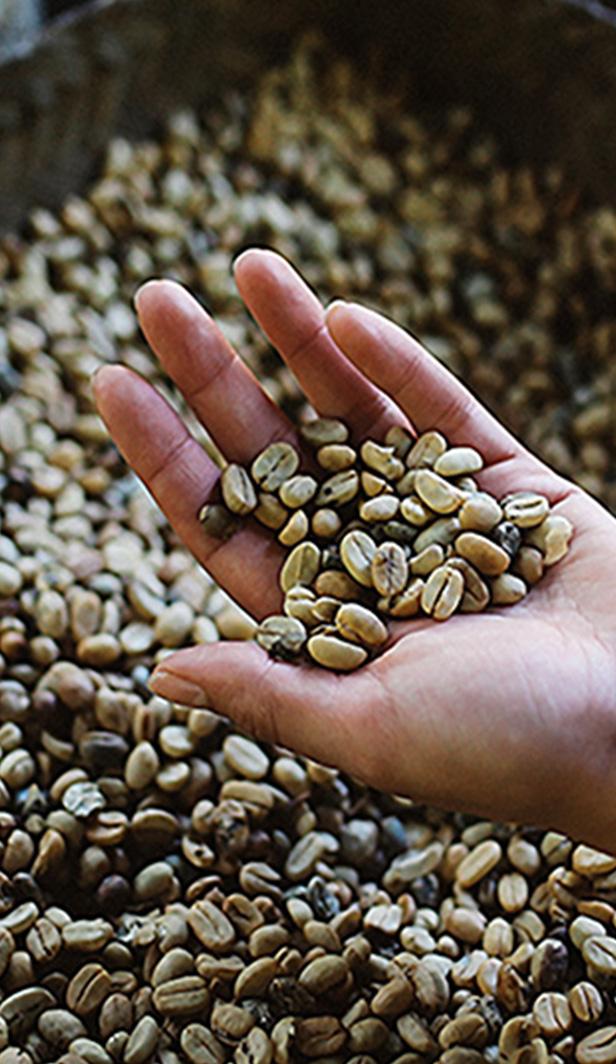Understanding Under and Over Extraction
The extraction process involves the dissolution of coffee grounds when exposed to water, creating the coffee water. The result of this extraction also contributes to the flavor profile of the coffee, offering notes such as nutty, fruity, and various other tastes. Two possible scenarios may unfold during coffee extraction, namely under-extraction and over-extraction.
Under-extraction occurs when too little coffee essence is extracted. On the other hand, over-extraction happens when an excessive amount of coffee essence is drawn out. In general, the ideal coffee extraction is one that strikes a balance note. This means that the coffee grounds are perfectly extracted, resulting in a maximally enjoyable flavor.
To achieve the ideal coffee extraction, you can rely on your taste buds. If the coffee tastes bitter and leaves your mouth feeling dry after drinking it, it indicates that the coffee you made is over-extracted. On the other hand, if it is too acidic and sour, it means the coffee is still under-extracted.
The Fineness of the Coffee Beans Used
Grinding coffee before brewing helps maintain the freshness, flavor profile, and aroma of the coffee. In this regard, the consistency when grinding coffee significantly influences the quality of the coffee you make. You need a consistent particle size of the ground coffee that matches the brewing method you are using.
The finer the grind of your coffee, the more particles are exposed, leading to a higher extraction of flavors. This is due to the high intensity of water flow between the coffee particles. Thus, the coffee you make will have a stronger and more intense flavor. If the grind becomes coarser, the extracted coffee will be less because of the lower intensity of water flow between the coffee particles.
Read Also: You Can Try Enjoying Black Coffee from Various Countries at Home with These Methods!
There are several levels of coffee grind fineness that you can experiment with: coarse, medium, fine, and very fine. Coarse or chunky grind is suitable for brewing methods like the french press, percolator, and cupping. This level of fineness is similar to the texture of sea salt. Next, a medium grind is suitable for brewing methods such as cone, siphon coffee, and aeropress. The texture of a medium grind is akin to that of sand.
Meanwhile, a fine grind is ideal for brewing methods like espresso, stovetop espresso maker, moka pot, and aeropress. This texture resembles table salt but is slightly finer. You'll often come across this level of fineness when buying pre-packaged coffee.
The last level of fineness is very fine grind, which is well-suited for brewing methods like ibrik or Turkish coffee. This grind has similar texture to flour or powder.
Water Temperature
When brewing coffee, water temperature is a crucial factor that demands attention. The right temperature can yield maximum flavor in a cup of coffee. According to the National Coffee Association, the ideal water temperature for brewing coffee falls between 195°F to 205°F or 90°C to 96°C.
Some individuals opt for temperatures below 90 degrees Celsius when using manual brew methods. However, the water temperature eventually adjusts to the preferences of each coffee enthusiast. It's crucial to avoid exceeding 96 degrees Celsius, as this can lead to a bitter taste and the loss of coffeeflavor.
If the water temperature is too low, coffee grounds will not easily dissolve, causing the coffee to pool on the surface of the dripper. To regulate water temperature, you can utilize a thermometer or a kettle equipped with a temperature control feature.
Brewing Technique
Agitation involves a gentle stirring or turbulent movement applied to coffee grounds during the brewing process. This can be achieved in various ways, either by using tools or not. As noted by ottencoffee.co.id, Matt Perger, the winner of the 2012 World Brewers Cup, shares a pour over technique incorporating the concept of agitation.
He stirs the coffee with a cross-motion using a stirrer after pouring water, then allows it to settle briefly before the next pour. On the other hand, Scott Rao, one of the most influential coffee experts globally, practices agitation without any tools. He rotates the dripper in a spiral motion to agitate the coffee immersion. This agitation concept helps minimize the risk of taste contamination that may be introduced by the stirrer material.
The best brewing results stem from consistent extraction. If each particle in the coffee grounds undergoes different extraction levels, the resulting taste tends to be inconsistent. Therefore, coffee experts argue that agitation techniques are essential because they enable the extraction of every yet-to-be-extracted coffee particle.
So those are a few ways to savor your coffee to the fullest. When you indulge in a delightful cup of coffee, it's bound to bring joy and tranquility, right?
In this regard, NESCAFÉ Classic can help you serve up a truly enjoyable coffee experience, adding a boost of enthusiasm to your day!
Today’s community favourites




